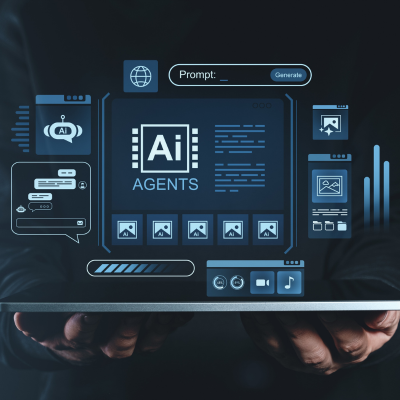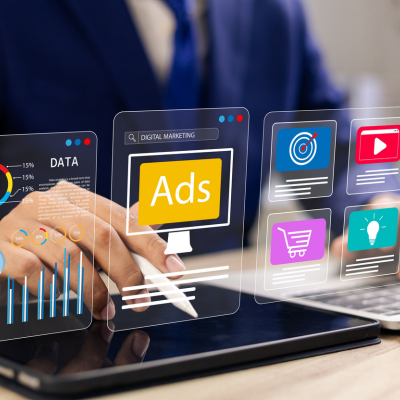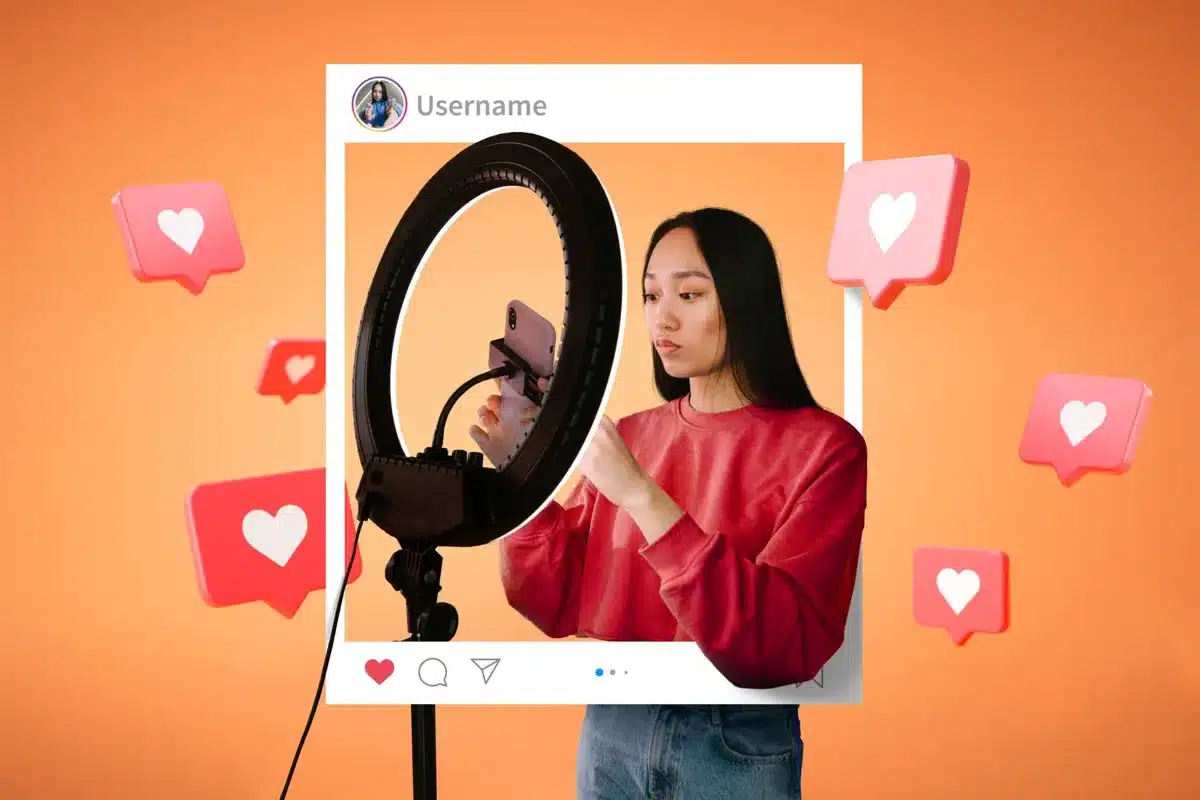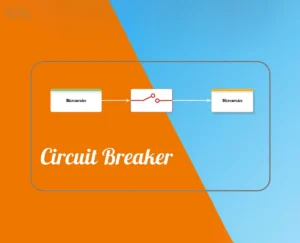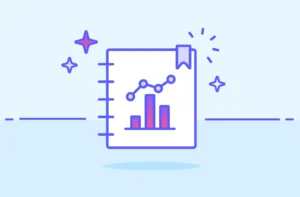In today’s rapidly evolving digital marketing landscape, micro-influencers in digital marketing have emerged as powerful catalysts for authentic brand engagement and superior return on investment (ROI). Unlike traditional celebrity endorsements or macro-influencers with millions of followers, micro-influencers typically have between 10,000 and 100,000 followers but command highly engaged niche audiences. This unique combination offers brands a cost-effective and genuine way to connect with consumers who value trust and relevance.
This article explores the rise of micro-influencers, their critical role in reshaping influencer marketing, and how brands can harness their potential using advanced strategies—including AI-powered tools—to build impactful brand partnerships.
Understanding Micro-Influencers in Digital Marketing
Micro-influencers are social media creators who maintain smaller but highly engaged followings. Their follower count usually ranges from 10,000 to 100,000, although the growing importance of nano-influencers—those with fewer than 10,000 followers—cannot be overlooked. What micro-influencers lack in sheer numbers, they more than compensate for with niche expertise and authentic connections that drive meaningful audience interactions.
Compared to macro-influencers, who often have millions of followers but lower engagement rates, micro-influencers deliver an average engagement rate of approximately 3.86%, significantly higher than their larger counterparts. This means micro-influencers can generate more likes, comments, and shares relative to their audience size, making them ideal for targeted marketing campaigns that prioritize quality over quantity.
The Evolution of Influencer Marketing
Influencer marketing has skyrocketed into a multibillion-dollar industry, projected to surpass $40 billion globally by 2025. Over 80% of marketers now include influencer marketing as a key strategy in their digital mix, recognizing its power to build brand awareness and drive sales effectively. The shift from mega-celebrities to micro and nano-influencers reflects a broader trend toward authenticity and personalized marketing.
Brands increasingly prioritize engagement, trust, and community over follower counts, leading to a more nuanced and data-driven approach to influencer partnerships.
Why Micro-Influencers Are the Future of Influencer Marketing
Superior ROI and Engagement
Recent surveys reveal that 86% of U.S. brand marketers plan to collaborate with micro-influencers in 2025, citing their superior engagement rates and cost-effectiveness. For every dollar spent on influencer marketing, brands can expect an average ROI of $5.78, with micro-influencers often outperforming larger influencers in driving conversions.
Platform Algorithms Favor Engagement
Social media platforms like Instagram and TikTok reward content that generates high engagement. Micro-influencers’ authentic and niche-focused posts often receive algorithmic boosts, extending their reach well beyond their follower base. This dynamic allows brands to gain additional exposure at minimal extra cost, leveraging viral potential through genuine user interaction.
The Rise of Nano-Influencers
While micro-influencers dominate, nano-influencers with fewer than 10,000 followers are gaining momentum due to their even higher engagement rates—sometimes nearly 50% higher than micro-influencers. Their hyper-localized and intimate communities offer brands unparalleled opportunities for grassroots marketing and authentic storytelling.
Advanced Strategies for Micro-Influencer Success
Building Authentic Relationships
The foundation of successful micro-influencer marketing is authenticity. Brands must select influencers whose values and audiences align closely with their own. Genuine partnerships lead to content that resonates deeply with consumers, enhancing trust and loyalty.
Leveraging Short-Form Video Content
Short-form video formats, especially on TikTok and Instagram Reels, dominate current social media trends. Approximately 82% of influencers focus on this engaging content style, which brands can use to showcase products dynamically and creatively through micro-influencers.
Harnessing AI-Powered Tools
Artificial intelligence is revolutionizing micro-influencer marketing by enabling hyper-personalized campaign strategies. AI tools help identify the right influencers, predict engagement outcomes, optimize content timing, and analyze campaign performance in real time. Marketers trained in AI-enhanced digital marketing gain a competitive edge by crafting data-driven influencer partnerships that maximize impact.
The Power of Niche Marketing and Storytelling
Micro-influencers excel at reaching well-defined niches, allowing brands to engage specific communities with tailored messaging. Effective storytelling creates emotional connections that foster brand loyalty and community growth. Collaborative content creation and user-generated content (UGC) further amplify authenticity and social proof, encouraging potential customers to trust and buy.
Case Study: Sephora’s Micro-Influencer Strategy
Sephora, a leading cosmetics brand, successfully leveraged micro-influencers to boost brand visibility and sales. By partnering with beauty micro-influencers to produce authentic product reviews and tutorials, Sephora tapped into engaged niche audiences. This approach not only enhanced consumer trust but also resulted in measurable sales growth, demonstrating the power of targeted micro-influencer campaigns.
Measuring Campaign Success: Metrics That Matter
Brands track ROI and engagement metrics—including likes, comments, shares, and conversion rates—to evaluate influencer marketing effectiveness. Using AI analytics tools, marketers can gain deeper insights into campaign performance and audience behavior, enabling continuous optimization and improved results.
Actionable Tips for Marketers
- Identify Niche Influencers: Target micro-influencers with strong presence in your specific market segment.
- Build Authentic Relationships: Align influencer values with your brand for genuine content.
- Leverage Short-Form Video: Harness TikTok and Instagram Reels for dynamic storytelling.
- Monitor Engagement Metrics: Use data to refine and optimize campaigns.
- Encourage User-Generated Content: Foster community by inviting customers to share their experiences.
Conclusion
The rise of micro-influencers in digital marketing highlights a strategic shift toward authentic engagement and targeted marketing. For brands aiming to thrive in this competitive space, mastering the dynamics of micro-influencer partnerships is essential. Integrating AI-powered strategies enhances campaign precision and effectiveness, unlocking new growth opportunities.
Marketers seeking to deepen their expertise will benefit from enrolling in Amquest Education’s Digital Marketing and Artificial Intelligence course, which offers comprehensive training on leveraging AI tools and building successful micro-influencer collaborations. This course equips professionals with the skills needed to navigate the future of influencer marketing confidently.
FAQs
- What are micro-influencers? Micro-influencers are social media creators with 10,000 to 100,000 followers known for high engagement rates and niche expertise.
- Why are micro-influencers preferred over macro-influencers? They provide higher engagement and more targeted marketing opportunities, making campaigns cost-effective and authentic.
- How do platform algorithms affect influencer marketing? Algorithms on Instagram and TikTok favor highly engaging content, boosting micro-influencers’ reach beyond their follower count.
- What metrics measure influencer marketing success? ROI, engagement rates (likes, comments, shares), and conversion metrics are key indicators.
- What is the average ROI for influencer marketing? Brands typically earn about $5.78 for every $1 spent on influencer marketing.
- Why is short-form video popular among influencers? It is engaging, easy to consume, and aligns with trends on platforms like TikTok and Instagram.
- How does AI enhance micro-influencer marketing? AI helps identify ideal influencers, optimize content strategies, and analyze campaign data for better performance.
